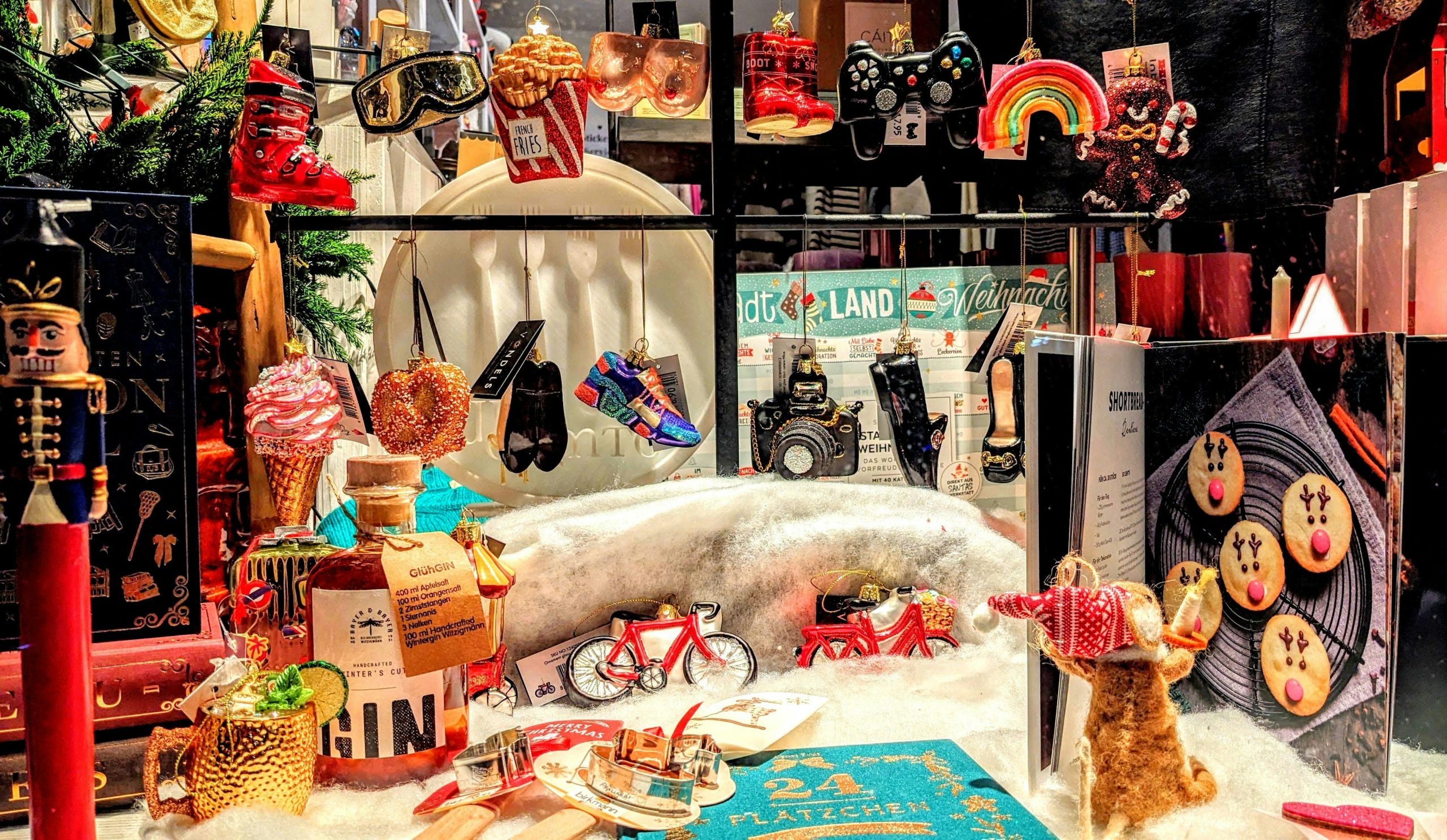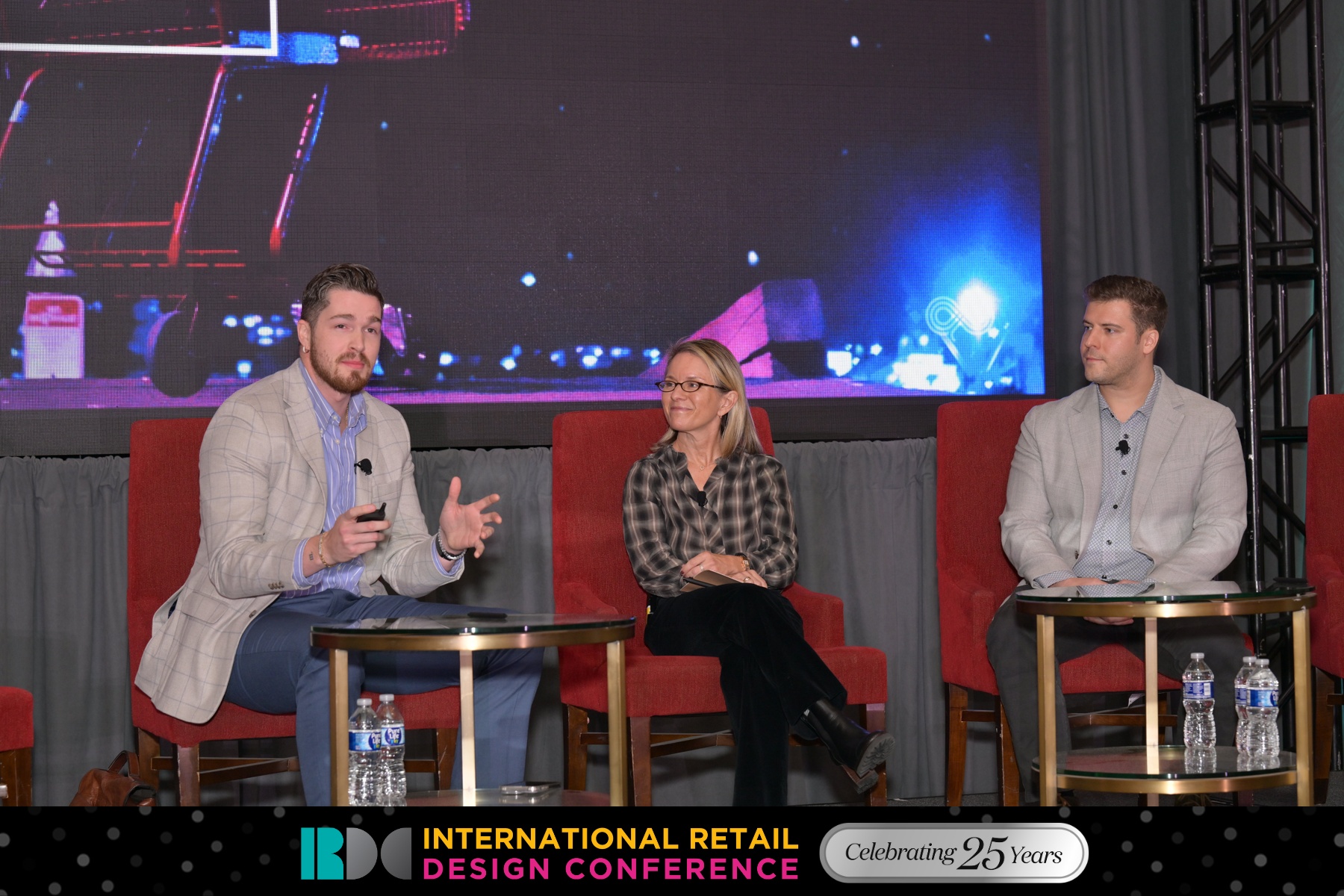When teens buy shirts emblazoned with logos from bands like Black Flag, Green Day, or AC/DC, it’s often less about the music, and more about conveying a certain image or style. Begin talking to them about the history of these bands and the impact they made on music culture, and they may look at you confused. Nirvana was a band? To them, Nirvana is a brand.
Much of today’s modern merch is rooted in nostalgia, but the people wearing the apparel emblazoned with logos of bands and TV shows from decades ago aren’t only the ones who grew up with them.
It helps that streaming platforms like Max and Hulu air old episodes of Friends and The Golden Girls, respectively. That partially explains why we’re still seeing Central Perk mugs and Betty White’s face plastered on T-shirts. A recent study showed that in the United States, movies like Barbie, Spider-Man, and Harry Potter take the top spots in demand for merchandise, while TV shows like South Park, Rick and Morty, and Friends showing a strong demand, despite the latter being off the air for two decades.
That’s only part of the story, however. For decades, the demand for merch has remained strong. But it’s also experienced a transformation, signaling a shift in cultural significance … and retail expectations.
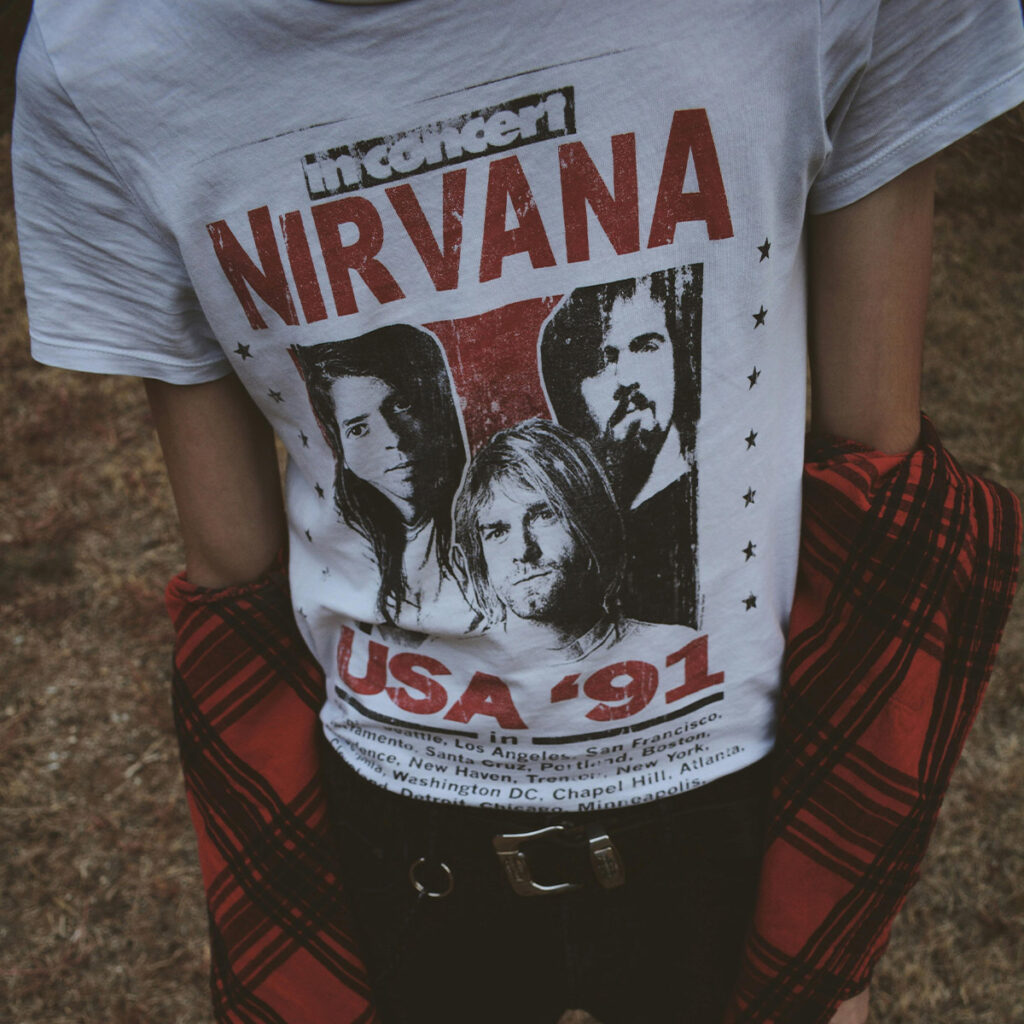
Merchandise Evolution
In the late 1950s, an Elvis fan club set the merch world on fire, offering a glimpse of what was to come. Fast forward to the 2010s when merch experienced a fashion revolution. In fact, many experts in the fashion industry credit Kanye “Ye” West’s 2013 Yeezus tour merch for sparking a revolution.
In a GQ magazine article, artist Wes Lang described the transformation in retail and merch he witnessed after he and acclaimed fashion designer Virgil Abloh designed the musician’s merchandise, which was mass distributed. That meant that fans didn’t have to wait in long lines at concerts for their favorite shirts. They could simply head to the local mall where Yeezus gear hung on racks at PacSun.
“It didn’t just change high fashion,” Lang said in the article. “It changed everything.”
Fast forward again to today, and retail stores like Hot Topic, Nordstrom, and even Kohl’s sell pop culture T-shirts that feature images of Madonna, Tom Petty, and even Rainn Wilson from The Office.
There’s no doubt that modern merch remains a significant part of both the entertainment and retail industries, often serving as a substantial revenue stream as well as a way to deepen fan engagement.
Understanding why consumers are attracted to branded apparel can help retailers better connect with and engage with their customers. That begins with realizing that merch is more than T-shirts.
Merch Means Money
When people think of music artist merchandise, they often think of the standard band tee. Yet there are many other options available that cover a wide range of interests. Posters, merch stickers, totes, rain jackets, patches, prayer candles, and many other items are piquing the interests of fans.
The rock band KISS, which retired in 2023, quite possibly could be named the King of merch. With everything from a dartboard to a casket, they turned their brand into a monster merchandise machine fueled by the KISS Army.
Today’s artists make more money on merch than they do on touring. When American rapper and singer-songwriter Travis Scott performed in London in 2022, his two shows sold out in less than two hours. Yet it was the more than $1 million in sales of merchandise at the concerts that stole the show. Among popular merch items were hats, sweatpants, and hoodies.
Some of the most popular merch isn’t tangible, however. Bands sell meet-and-greet packages, exclusive downloads, and other digital products that consumers are eager to grab. Meet-and-greet packages in particular give fans a once-in-a-lifetime experience to meet their idols, but the practice is not without a certain level of criticism because of the extreme cost.
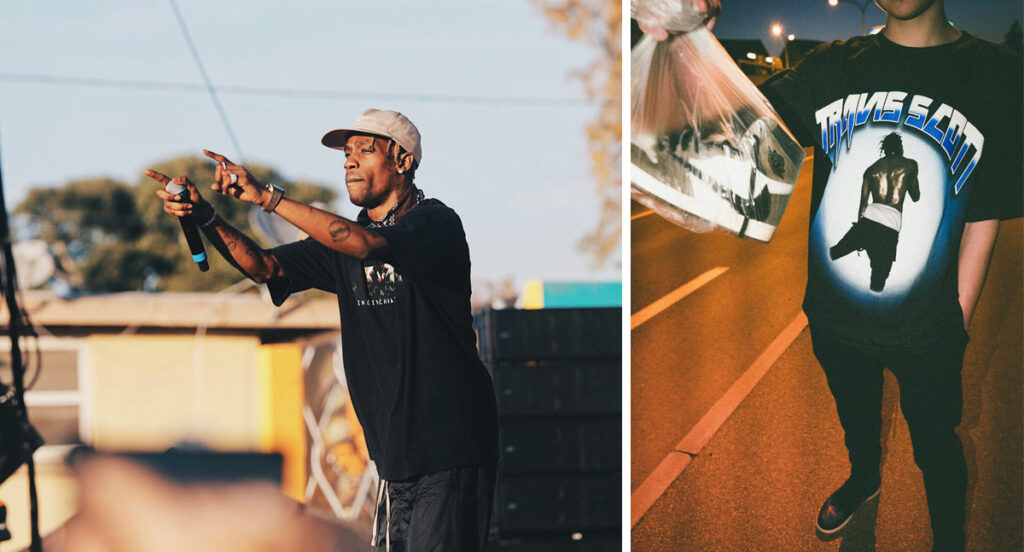
Film and TV Jumping on Board
Instead of focusing on product placement or status symbols through celebrity-endorsed products, U.S.-based A24 film production company is making merch a priority. For the release of the movie Priscilla, the company collaborated with Los Angeles jewelry designer J. Hannah on creating a heart-shaped locket, modeled on the one both featured in the movie and worn by the real Priscilla Presley.
Rolling Stone has rounded up some of the best TV merch available for today’s popular shows. From Baby Yoda to Stranger Things, consumers want to have both merchandise that represents the shows they love and the fashion and décor they see on the shows.
Disney fans can even get their merch fix by watching the Laughing Place’s live stream product review event, which showcases some of the popular merch from popular TV shows and movies like The Lion King and Grey’s Anatomy.
If you’ve ever watched a TV show and wondered if you could find the same outfit in stores, you’re in luck. ShopYourTV takes advantage of consumers’ love for merch and their favorite characters by sharing where consumers can buy outfits or accessories that they see their favorite actors and newscasters wearing on air.
Has Merch Had an Identity Crisis?
Ask just about any Gen Xer, and they’ll tell you that in the ‘90s and 2000s, wearing merch meant something. You wouldn’t wear a band T-shirt unless you knew every word of every track. Wearing merch was a badge of honor. Yet as the early 2010s approached, merch became more than a personal statement. It became a fashion trend.
In a GQ article, New York Times critic Jon Caramanica said merch that can find success over multiple generations is a sign of the source material’s potency.
What does that mean for retailers today who are trying to balance authenticity with commercial appeal?
“Whether it was Nirvana or Thrasher or whatever, they won,” he said. “They formed a cultural identity that was so powerful that it outlasted the actual thing.”
What does that mean for retailers today who are trying to balance authenticity with commercial appeal?
When done right, merch helps fans feel connected to what your brand embodies and to others in your community
- Shopify
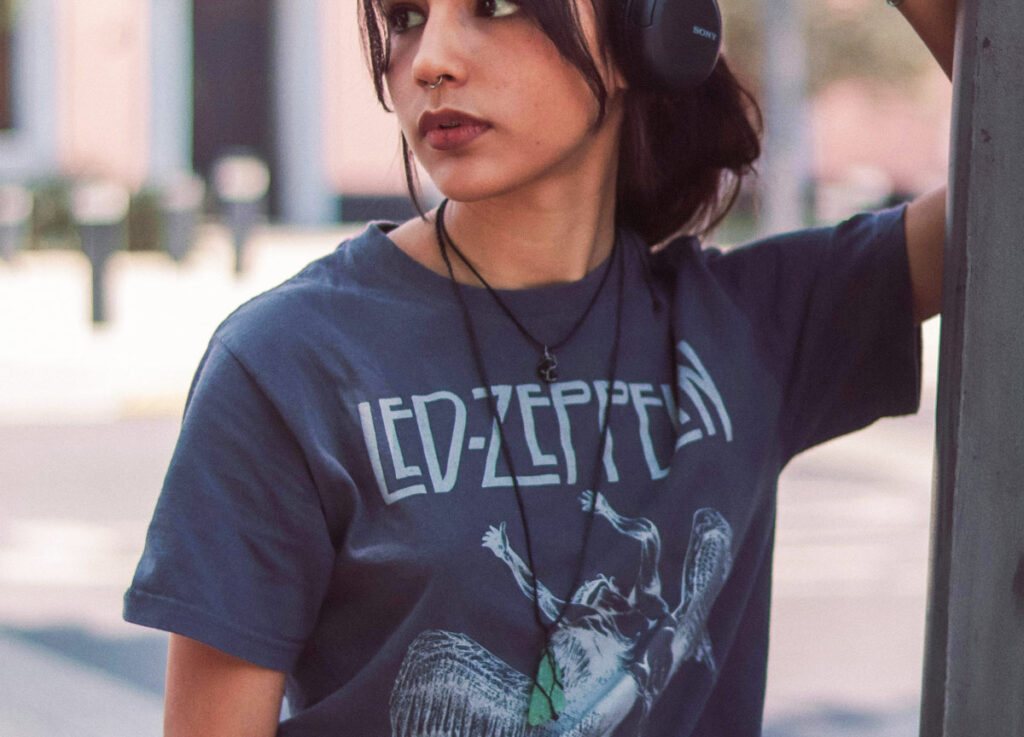
For younger consumers, merch often precedes their interest in an artist or pop culture icon. According to Icon Printing, 63% of Gen-Zers would consider listening to a new artist just because they like their merchandise. TV and film are also becoming the next frontier of fashion advertising, with brands making cameos in the hopes that their digitally dialed-in viewers will see something they want, leveraging the connection to the shows they love.
For younger generations especially, there is a very blurred line between the reality of life and the virtual reality in which they live. Connecting to these consumers through the pop culture and media they consume can help retailers build stronger relationships with them in ways that are crucially attached to their identities and communities.



